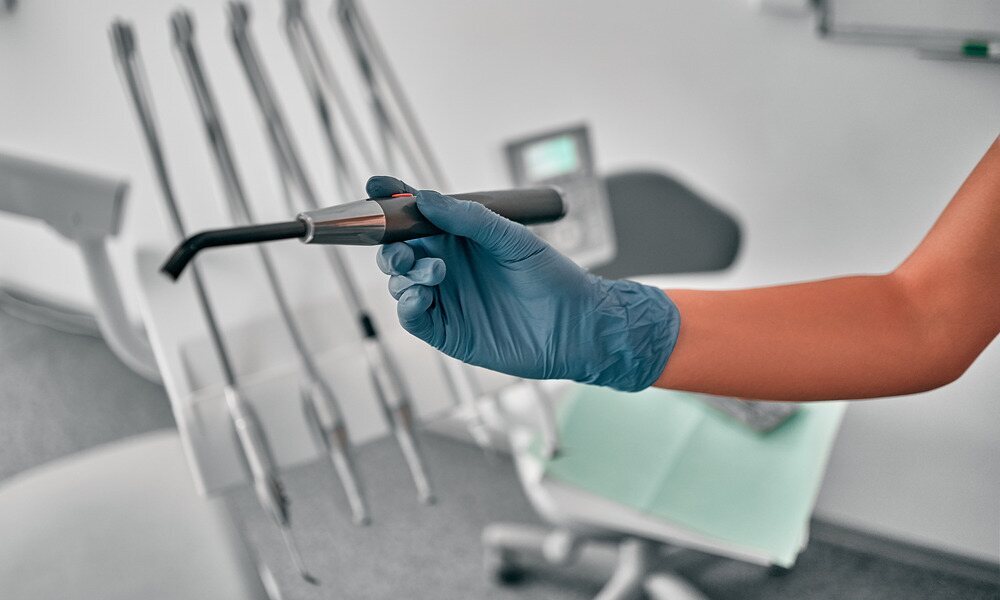Dental technology has come a long way in recent years, revolutionizing the field of dentistry and taking patient experience and treatment outcomes to new heights. Advanced dental technology has become an integral part of modern dental practices, enabling dentists to provide more efficient, accurate, and comfortable treatments. In this blog post, we will delve into some of the cutting-edge technologies that are transforming the dental landscape, enhancing patient experiences, and improving treatment outcomes.
1. Digital Dentistry:
Digital dentistry has transformed the way dental professionals diagnose, plan, and execute treatments. With the help of digital imaging, dental practitioners can now create highly accurate 3D models of patients’ teeth, allowing for precise treatment planning. Advanced software programs enable dentists to simulate treatment outcomes, helping patients visualize the expected results.
Intraoral scanners have replaced traditional dental impressions, making the process quick, comfortable, and more accurate. This technology allows for the creation of digital impressions that can be directly sent to dental laboratories, eliminating the need for physical models and reducing turnaround times for crowns, bridges, and other dental restorations.
2. Cone Beam Computed Tomography (CBCT):
CBCT imaging has revolutionized dental diagnostics by providing detailed 3D images of patients’ teeth, jaws, and surrounding structures. This technology allows dentists to diagnose and treat conditions such as impacted teeth, dental implant planning, and complex root canal procedures with unprecedented accuracy.
CBCT scanning provides comprehensive information that helps dentists identify potential issues before they become more significant problems, leading to better treatment outcomes and improved patient care.
3. Laser Dentistry:
Laser technology has transformed a variety of dental procedures, making them more comfortable, efficient, and precise. Lasers are being used in several treatments, including gum disease treatment, cavity preparation, teeth whitening, and even surgical procedures.
Laser dentistry offers numerous advantages, including reduced pain, swelling, and bleeding during treatments. Additionally, lasers sterilize the treated area, minimizing the risk of infections and promoting faster healing.
4. Computer-Aided Design and Computer-Aided Manufacturing (CAD/CAM):
CAD/CAM technology has streamlined the process of creating dental restorations, such as crowns, veneers, and bridges. Using CAD/CAM software and milling machines, dentists can design and fabricate custom-made restorations in a single visit, eliminating the need for temporary restorations and multiple appointments.
This advancement not only saves time for patients but also ensures a more accurate fit, reducing the chances of complications and providing long-lasting results.
5. Dental Implants:
Dental implants have become the gold standard for tooth replacement, offering a permanent solution that mimics the feel and function of natural teeth. Advanced imaging technology, such as CBCT, allows dentists to precisely plan implant placement, ensuring optimal results.
Computer-guided implant surgery combines digital planning with real-time surgical navigation, resulting in safer and more predictable implant placement. This technology improves accuracy, reduces healing time, and enhances patient satisfaction.
Conclusion:
Advanced dental technology has transformed the way dental treatments are performed, significantly enhancing patient experiences and treatment outcomes. From digital dentistry and CBCT imaging to laser dentistry and CAD/CAM restorations, these advancements provide more accurate diagnoses, streamlined procedures, reduced discomfort, and improved aesthetics.
As dental technology continues to evolve, patients can expect even more personalized, efficient, and comfortable experiences. It is crucial for dental professionals to stay updated with the latest advancements to ensure they can provide the highest level of care to their patients.

